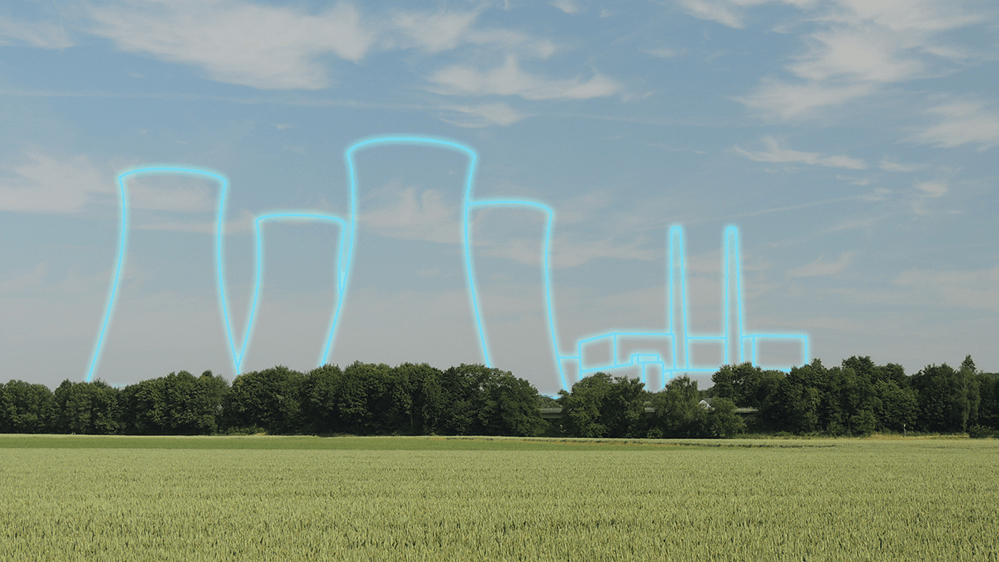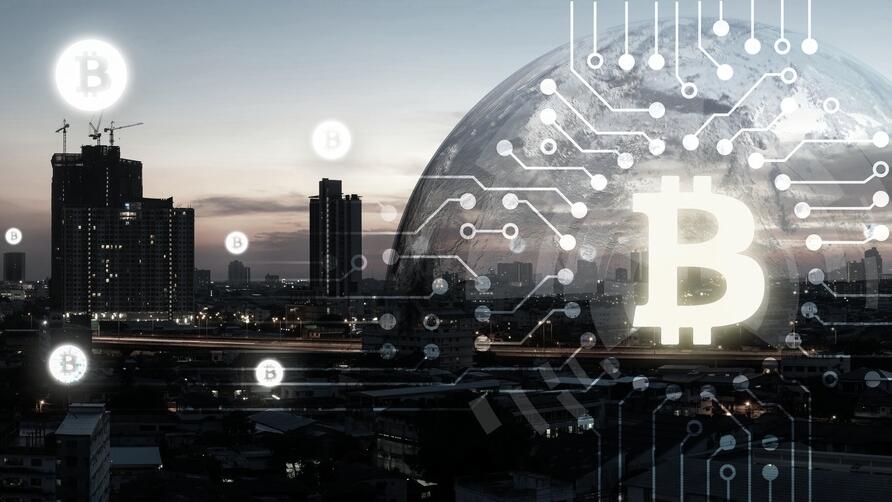 Energy Infrastructure
Energy InfrastructureBusiness Practices
Virtual Power Plants: former sci-fi technology is now a reality
Summary
There are multiple options on how to manage distributed energy resources (DER)
A virtual power plant aggregates the capacities of multiple DER of various types. This makes the production of energy more coherent and allows for efficient energy trading on the electricity market. The big advantage of a VPP is its ability to control the demand through the management of energy storage and connected devices. A VPP responds to the changing demand much faster, making the short-term deviations less frightening. It also has a strong potential to cover the constantly growing demand without unnecessarily increasing power grid capacity. To fully enjoy all the benefits of a
VPP, we first need a system that is able to efficiently work with large amounts of complex data. On the other side, software highly dependent on information and data collection and processing is highly dependent. And the software can also postpone the energy supply. the entire power plant shut-down of the power plant is highly reliable and reliable and resilient to.
Open full article
Virtual Power Plants: former sci-fi technology is now a reality
An old saying in Ireland goes: ‘there is no strength without unity’. When it comes to distributed energy resources (DER), it couldn’t be more true. DER, acting individually, has a very limited ability to influence or change the energy industry. Instead, we might even say that the mass adoption of DER is bringing new challenges and problems to the energy industry, for example, the Duck curve. However, if we manage to interconnect them into larger groupings, they can not only be the solution but also the driving force of the industry’s technological progress.
There are multiple options on how to manage DER. You might already be familiar with local energy communities and microgrids. Now let’s talk about the virtual options we have thanks to today’s enabling technologies and explore the vast potential that the virtual interconnection of DER has to offer.
Virtual power plant
One way how to link and group energy sources is through the so-called virtual power plant (VPP). A VPP aggregates the capacities of multiple DER of various types which makes the production of energy more coherent and allows for efficient energy trading on the electricity market.
It is the diversity of energy resources that plays a major role in this case. When the wind is not blowing or the rain is not falling, there is quite a big chance that solar will fulfill its duties. A VPP balances the inconsistencies in energy generation characteristic of each type of DER and thus ensures the stability of energy supply. Thanks to its effectiveness, flexibility and reliability, a VPP represents a full-valued alternative to fossil-fuel power plants.
To work properly, a VPP uses information and communication technologies (ICT) in conjunction with the internet of things (IoT). Thanks to these technologies, it can efficiently manage energy production, storage and consumption, resulting in significant money savings.
One of the VPP’s benefits stems from the fact that it represents the community of DER owners in the electricity market (where they wouldn’t be able to participate as individuals), particularly with an aim to trade their produced energy or provide the ancillary services (similar to pumped-storage hydroelectricity). DER owners can thus sell their energy for prices higher than those offered by energy providers and, therefore, transform DER into a revenue stream.
Virtual power plant vs. virtual microgrid
When we talk about virtual options, we can’t forget to mention the virtual microgrid. It is a separate category, supported also by FUERGY, which combines two concepts – physical microgrids and VPPs. Same as the physical one, a virtual microgrid allows users to share energy.
At the same time, it works regardless of the distance between the users, just like a VPP. Even though users are losing some of the benefits of a physical microgrid (a virtual microgrid doesn’t act as a “subgrid” in the event of blackouts), they have nothing to worry about. Thanks to the battery which is an integral part of FUERGY Solution and serves also as a back-up power source, their uninterrupted power supply is assured.
Effective. Flexible. Reliable.
Compared to the traditional power plant, a VPP offers some very notable advantages:
Effectiveness
Thanks to its distributed nature, a VPP is way more effective. Whereas fossil-fuel power plants require constant investments into the modernization of the power grid (as a result of the ever-growing energy consumption), virtual power plants benefit from the advantages of DER.
Consuming energy closer to the place where it was produced not only lowers the transmission losses but also creates fewer burdens on the power grid. Investments into the grid upgrades are no longer needed which immediately translates into lower energy prices for end-customers.
Flexibility
A VPP responds to the changing demand much faster, making the short-term deviations less frightening. And not just by changing the supply. The big advantage of a VPP is its ability to also control the demand through the management of energy storage and connected devices. What is more, a VPP can also postpone the energy supply.
Such features are crucial to retaining the stability of the power grid at a time when renewables are spreading widely. A VPP also has a strong potential to cover the constantly growing demand without unnecessarily increasing power grid capacity to cover future needs. However, DERs need to be added continuously, at a reasonable pace and with adequate capacity.
Reliability
Decentralized energy is more durable and reliable. A technical breakdown of the energy source will no longer result in the shut-down of the whole power plant. A VPP can function independently of the faulty DER. This also makes it more resilient to natural disasters.
Challenges
To fully enjoy all the benefits of a VPP, we first need a system that is able to efficiently work with large amounts of complex data. Artificial intelligence might be, in this case, helpful for data collection and its processing. On the other side, software highly dependent on information and communication technologies is facing a different sort of threat – cyber attacks. Nothing a good IT solution can’t fix. Have you heard of blockchain?
Another challenge is the incorporation of VPPs in the electricity market. We need to find them the right place side by side with other players such as energy providers or utilities. The optimal solution appears to be the cooperation between VPPs and utilities. Since VPPs are profitable for both the end-customer and the utility company, they can split the initial investment costs. The utility company can, for example, provide an incentive for the purchase of DER and, in exchange, the client will give the utility remote access and some control over these systems.
Another option is to make VPPs superior to energy providers, or even utilities. In Germany, VPP already coordinates a system of more than 1000 gas, solar, wind and water power plants across more than four transmission grids. Their joint capacity is 796 MW and the green energy they produce helps to stabilize the electricity supply in the whole country.
No matter what the new electricity market arrangement will look like, VPPs should definitely have their place guaranteed. Follow Fuergy on social media or subscribe to their newsletter for more new energy trends.



